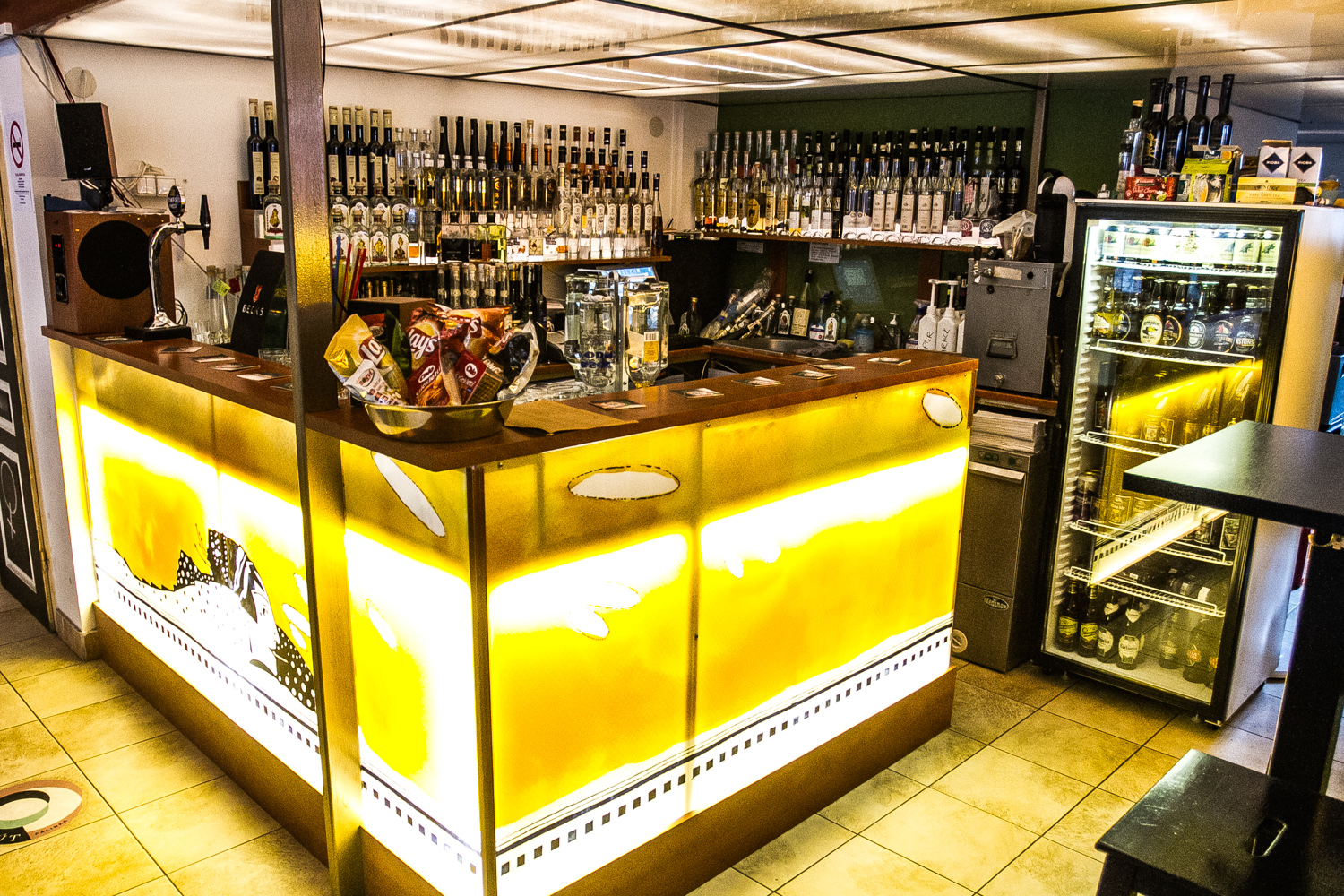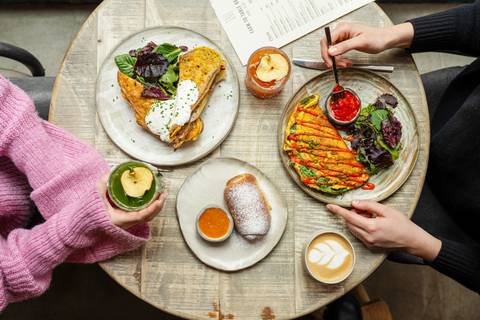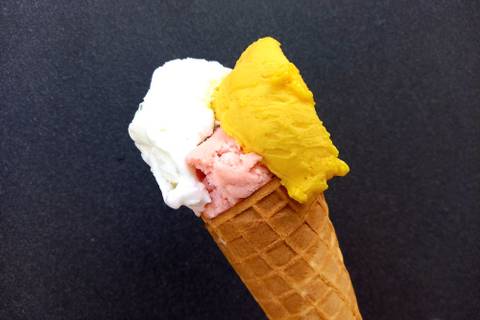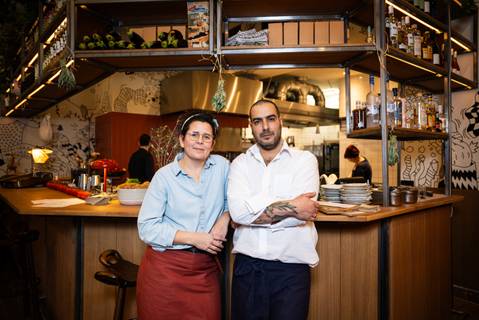Pálinka is absolutely ours since 2004! This was the very year when an EU law was passed claiming that pálinka is so Hungarian that the name “pálinka” cannot be used by producers of countries other than Hungary, except for the producers of the apricot pálinka made in four provinces of Austria. It goes without saying that even those with the right to use the word have to keep to strict quality regulations. Thank God, lots of them do, and since the beginning of January anyone can taste the precious nectars at Kazinczy utca. We interviewed András Kormanik, the manager of Abszolút Pálinka.
With the name Abszolút Pálinka you already run a webshop for some time. What got you to start an offline business as well? The shop opened in January, by which time the webshop had been running just fine. It’s pretty simple, there are great pálinkas which are hard to come across even for tasting purposes. This shop fills this role, too.Do the two complement each other?Yes, there’s a connection between the two. Obviously, reaching people online is different from reaching them offline, like this, but I think there’s a connection. It happens more and more that people who come here first to taste will order later.After two months of operation what can you tell us about the reception? Do people like it?Yes, we have many recurring guests. We’re getting positive feedback from different types of people.
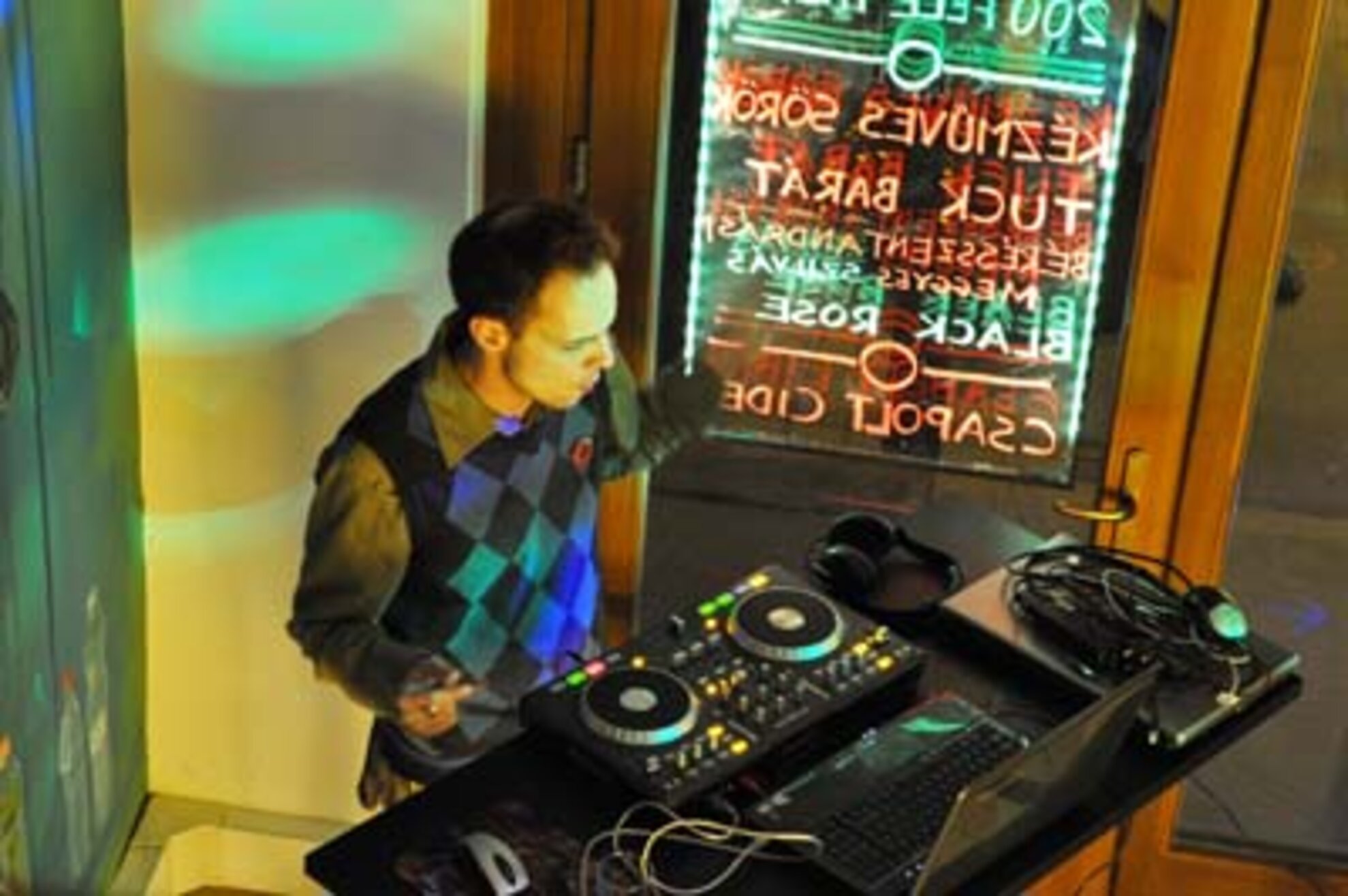
Why did you pick Kazinczy utca?Because I believe that currently this street is Budapest’s nightlife.Tell us about the pálinkas you sell. The bulk of the pálinkas come directly from the producers, from the countryside. You can’t even get them in any other way. The rest is procured through wholesalers.Are indeed all of your pálinkas from Hungary?According to the law, no drinks that are not produced in Hungary, except those made in four Austrian provinces, can be called “pálinka”. That is, pálinka has to be made in Hungary from Hungarian fruit. Also, it cannot contain ingredients other than fruit. For example, if it contains honey, technically it’s no longer pálinka. Most of the pálinkas here comform to these rules. Obviously, the law is a bit behind the real life status quo as people like drinks made of real pálinka with honey. Not everyone goes for the 60% biological weapon.What’s the top 3 of flavors?
This is hard... I can’t even choose flavors, rather favorites by the producers. Panyolai Aranyalmája, a “bedside” apple pálinka, is the favorite among the “bedside” ones. It’s a masterpiece and people appriciate that. Márton is the best when it comes to raspberry. Szicsek pálinkas are real oddments, for instance, the one made of pumpkin has a distinctive pumpkin smell and flavor. It’s simply perfect.
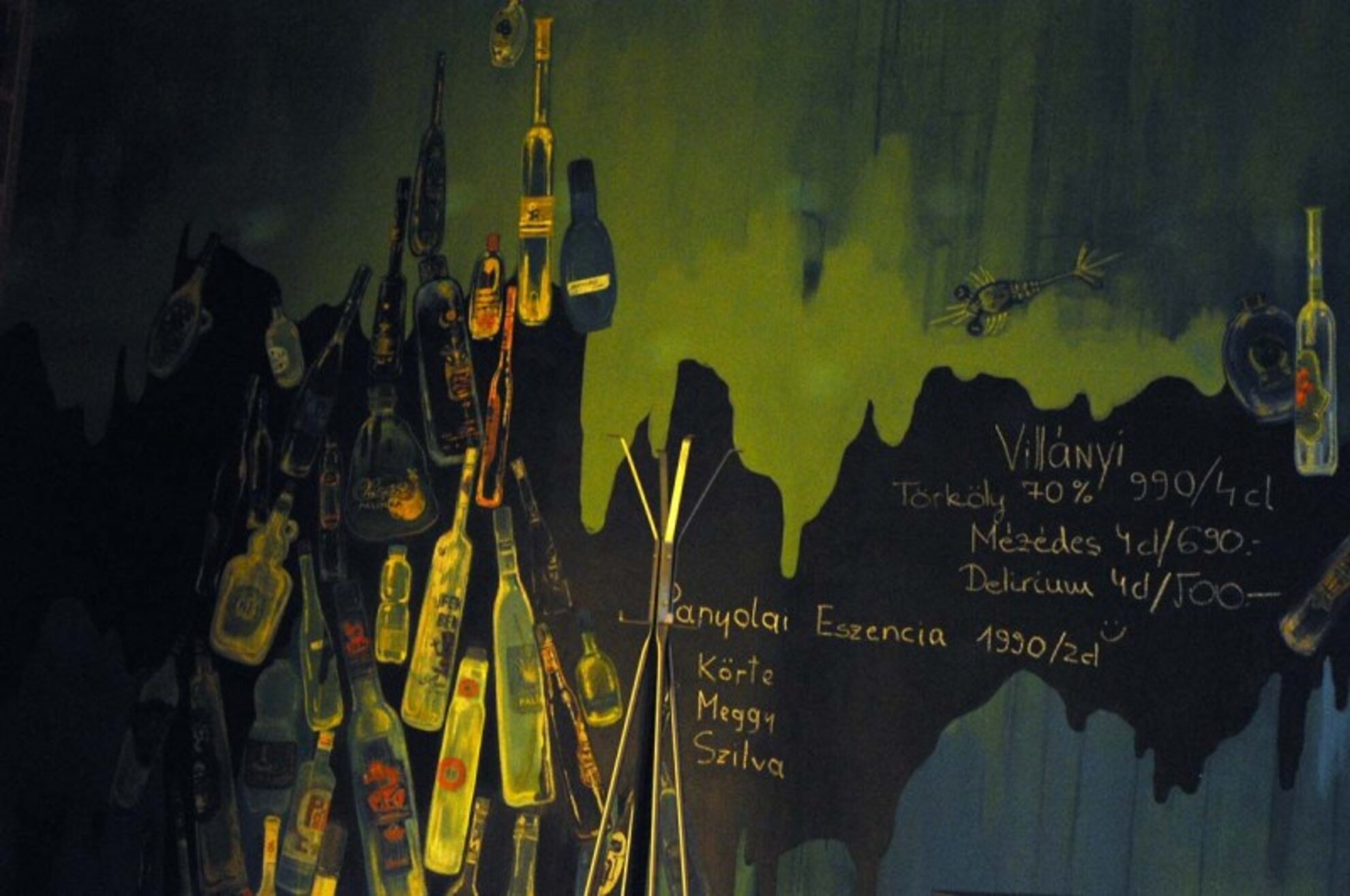
What’s your favorite?
The ones I just mentioned: Aranyalma, raspberry and pumpkin.
And, of course, the Zölddiólikőr, a pálinka made of pistachio. Oh, and another favorite not belonging to any categories: the Panyolai Esszencia series. They take 100 liters of ready-made pálinka and pour it on top of 100 kilos of dried fruit, and let it all age. Plenty of flavor, color and dried matter enters the pálinka, and it results in 1/3 part of essence, which is far better than anything else.What do you recommend people who have either never drunk any pálinka or drunk only bad ones?
We try to find out about their tastes – do they like sweet or are completely against honey. Sure, beginners are more likely to fall for milder flavors than very charismatic drinks with high alcohol content.And what about those who think they’ve drunk everything out there?
I recommend them pálinkas of about 50% alcohol content, which still have flavors and aroma but their alcohol content is higher than the ordinary 40%. Or special flavors, such as cantaloupe, peach or pumpkin.What else do you have on offer?
There are two other important pillars of our selection: home-made beers and ciders. We procure the home-made beers from breweries in the country. People love them. We sell many kind of bottled and canned ciders. We have draught cider, too, which is really a rare find in Hungary. This is completely different from Western countries but I think it will spread here, as well, shortly.Apart from ciders what else is missing from the Hungarian hospitality industry?
To answer that, I’d have to tell you what my next shop will be. So, let it be untold until we meet next. There’re still areas to explore, that’s for sure. Sadly, the selection at most places is uniform. I think that specialized places are great, for example, Piritós when it comes to beer.Who is the target market of Abszolút Pálinka?
The target market is very wide, as prompted by the character of the street. There’re many tourists – Northern people are more resilient to spirits than Southern people. During weekdays the average age is lower due to the high number of students, while on weekends guests in their 30s pop up more often. We’ve had a pensioner couple in their 70s as guests, too.What kind of music do you play?
We’re still formulating our musical repertoire, but I think this is an eternal topic, just like football.
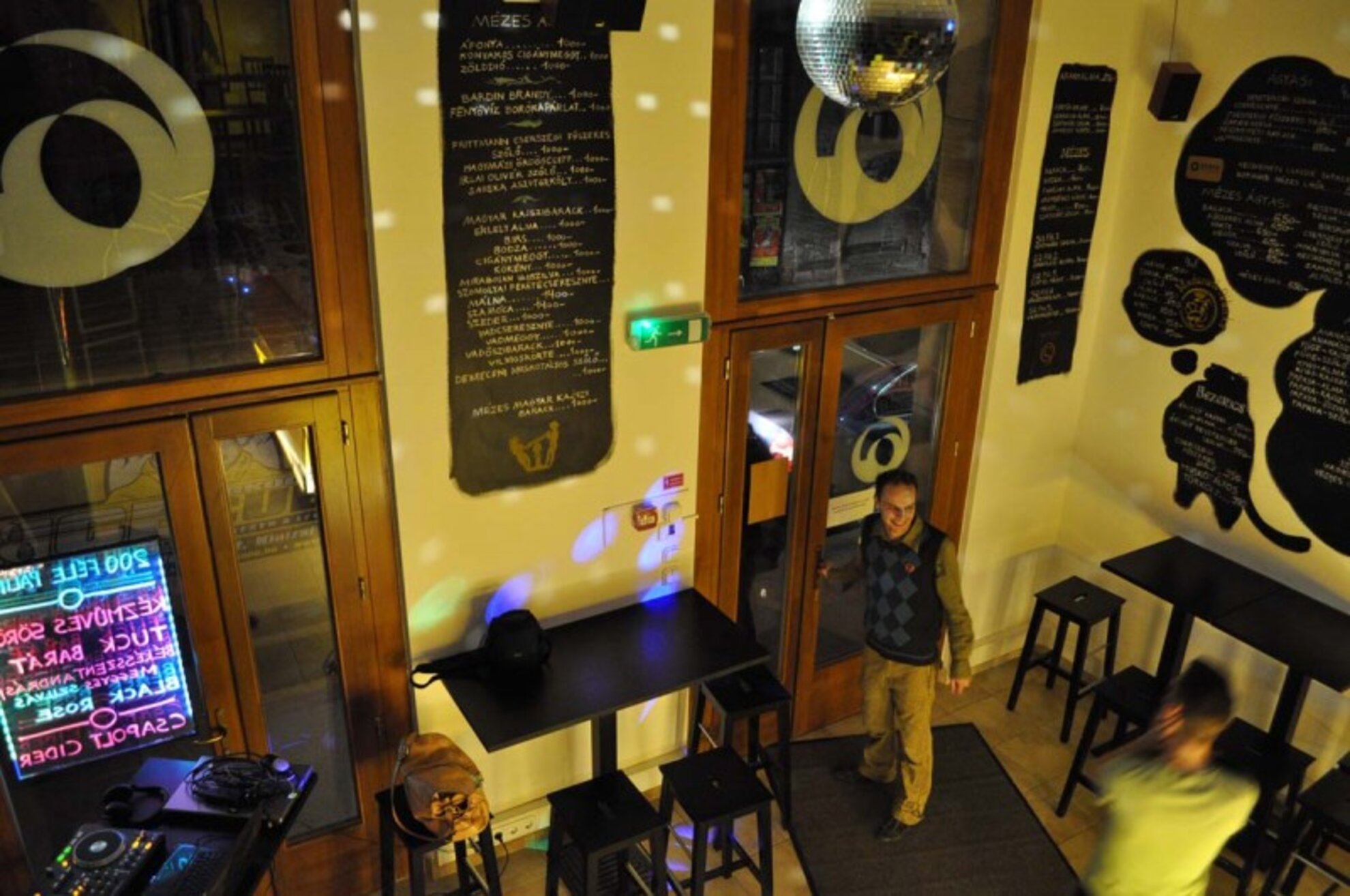
Who created the design?Aurélia Nemes painted the place, and she was assisted by Viktor Varga with the creation of the interior. They themselves made practically everything from all the paintings and wall decorations to the execution of interior design.Which are the cheapest and the most expensive pálinkas you sell?
The former is a pomace pálinka for 500 HUF/4 cl, and the latter is the Esszencia for 1990 HUF/2 cl.The place has two floors. How do guests occupy them?
Those who want to taste many pálinkas usually stay downstairs, close to the counter. Those who’d rather chat go up to the gallery. But there’s migration, too, absolutely.
Abszolút Pálinka
Address:
1075 Budapest, Kazinczy utca 52.
Facebook
